Overview
There are several ways an employer can fund health insurance benefits. These funding mechanisms occur behind the scenes and do not impact the coverage and plan provisions for participants. Nonetheless, sometimes it is helpful to understand the financial mechanism by which coverage is provided.
Fully Insured Plan
In a fully insured plan, benefits are provided under a group insurance contract entered into between the employer and the insurance company. Claims for benefits are sent to the insurance company. The employer transfers a fixed premium to the insurance company and the insurance company then is responsible for paying all eligible claims. The insurance company also absorbs all of the risk (good or bad) for the claims experience of the plan. Insurance premiums (comprised of employer contributions as well as employee contributions are paid by the general assets of the employer.
Self-Insured Plan
In a self-insured plan, the employer contracts with an Administrative Services Organization (ASO) which handles billing, eligibility, and claims processing services for the plan. The ASO provider does not serve as an insurer, but merely as a claims processor and administrator. The employer pays the claims directly (without any insurance company). Participant claims are sent to the Administrator for processing. The Administrator processes the claims, then requests and receives funds directly from the employer to process the claims and make payment on the claims to health care providers. The employer is ultimately responsible for payment of claims and for all risk (good or bad) under the plan. Plan benefits are paid by the employer out of the general assets of the employer. There is no special fund or trust or insurance from which benefits are paid. Employee contributions paid to the employer offset the overall plan costs. To curtail excess risk and volatility in a self-funded plan, employers often elect to purchase reinsurance within the plan. Reinsurance is a financial mechanism that allows employers to transfer some of the risk for large claims to a reinsurance company.
Pre-paid Plan
In a prepaid plan, benefits are provided under a contract entered into between the employer and the plan provider. Typically, pre-paid plans are Health Maintenance Organizations (HMO). Premiums are due in advance of services being provided. This is why they are referred to as “Pre-paid plans” and this method stands juxtaposed to traditional insurance models where providers are reimbursed after the fact for services rendered. Providers in a pre-paid plan are typically paid on a capitated basis for basic services and on a fee-for-service basis for other services, often hospital services. Premiums (comprised of employer contributions as well as employee contributions are paid by the general assets of the employer.


